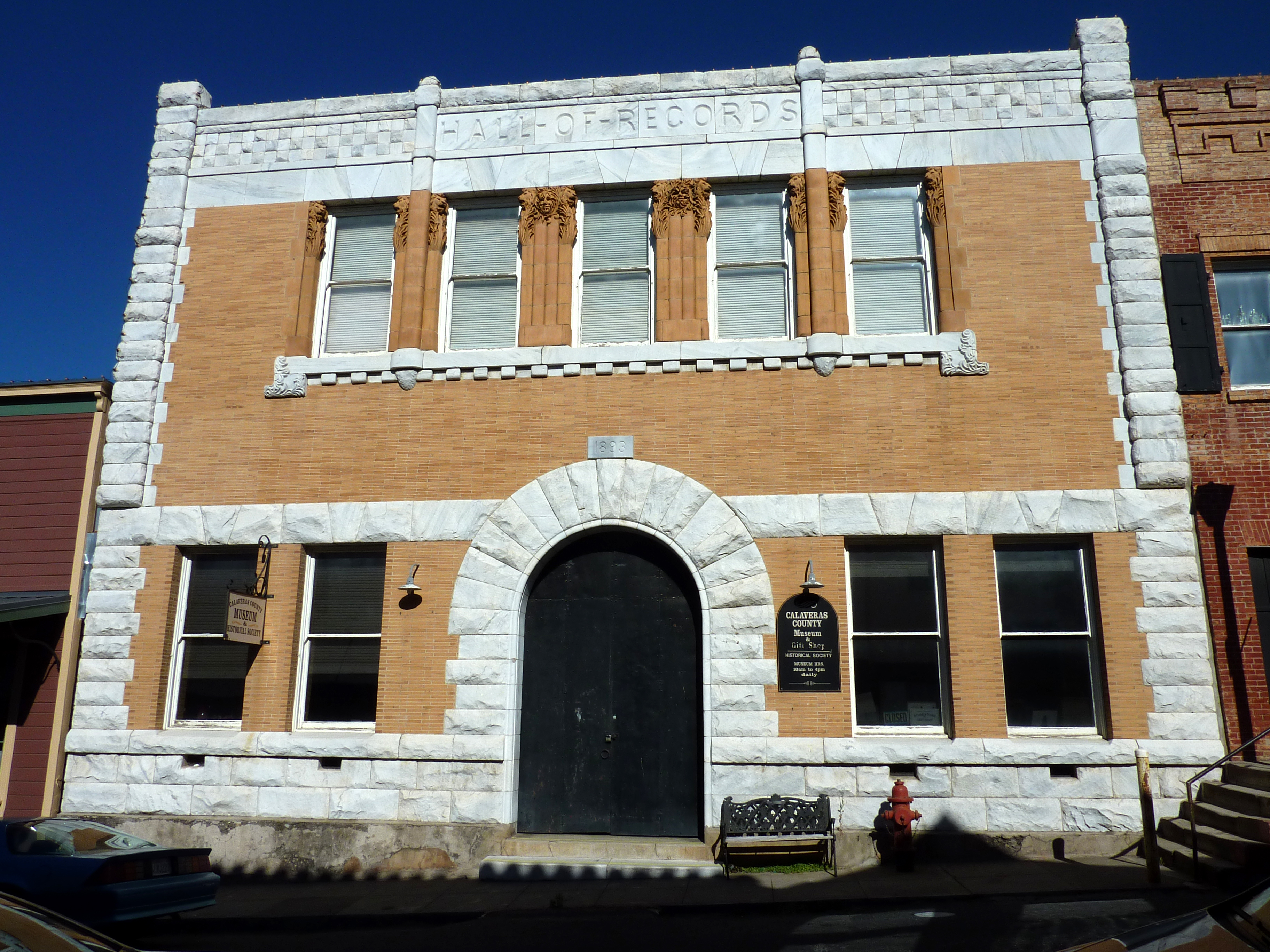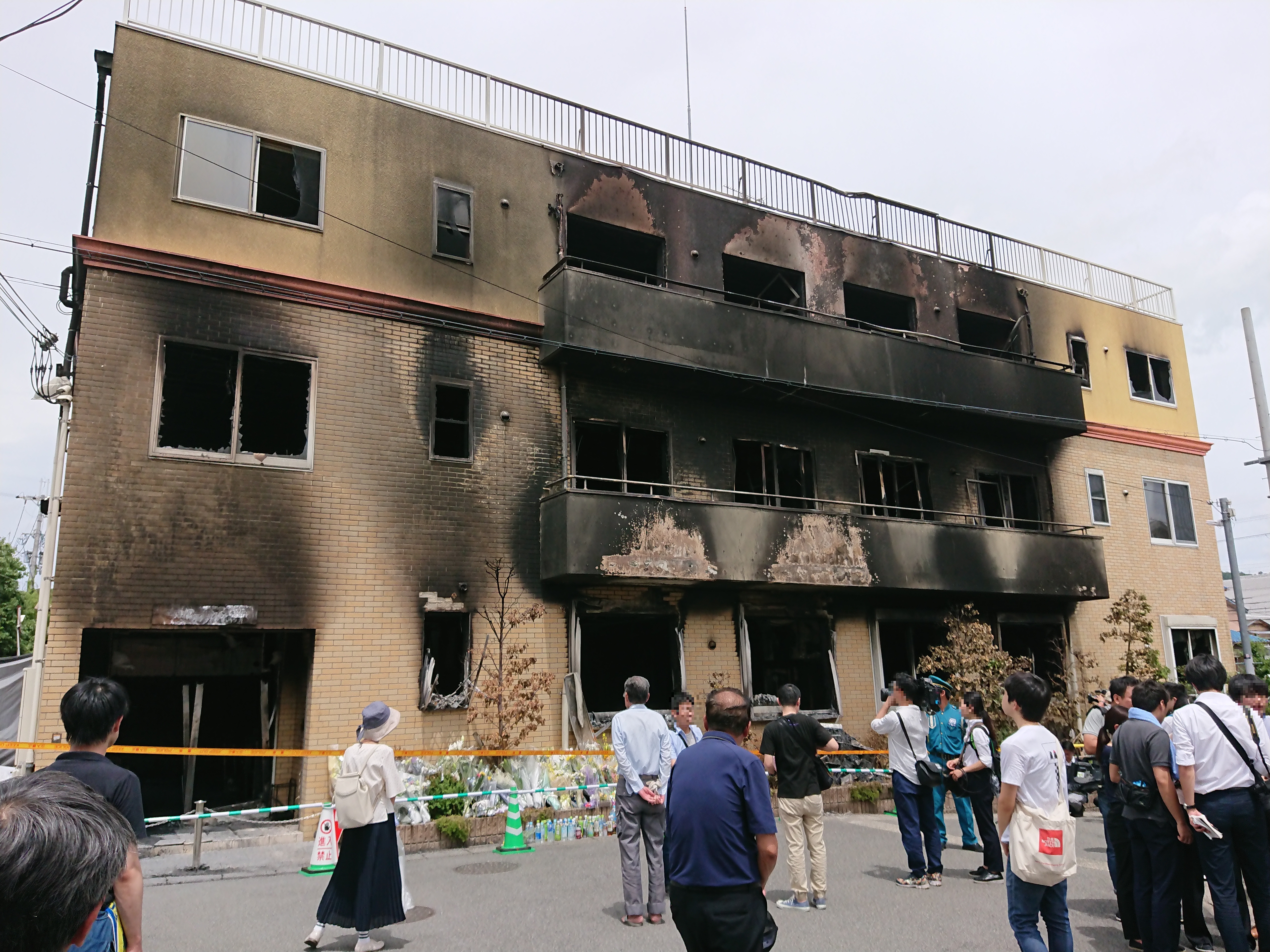|
Greasertown, California
Greasertown is a former gold rush settlement in Calaveras County, west of San Andreas, on the west side of the Calaveras River. It was first mentioned in a newspaper in 1851. When it caught fire the next year, "Spanish incendiaries" were blamed which so angered the locals that they drove out all the Hispanics they could find. However, it survived at least into the 1860s. It was submerged when the first Hogan Dam on the Calaveras River was built in the late 1920s. Greasertown was not renamed Petersburg; they were separate communities a mile apart. Petersburg was founded in 1858. See also *List of ghost towns in California Ghost towns in California were caused by factors including the end of the California gold rush, the creation of new lakes, and the abandonment of formerly-used rail and motor routes. Classification Barren site * Sites no longer in exist ... References Former settlements in Calaveras County, California Former populated places in California< ... [...More Info...] [...Related Items...] OR: [Wikipedia] [Google] [Baidu] |
California Gold Rush
The California gold rush (1848–1855) began on January 24, 1848, when gold was found by James W. Marshall at Sutter's Mill in Coloma, California. The news of gold brought approximately 300,000 people to California from the rest of the United States and abroad. The sudden influx of gold into the money supply reinvigorated the American economy; the sudden population increase allowed California to grow rapidly into statehood in the Compromise of 1850. The gold rush had severe effects on Native Californians and accelerated the Native American population's decline from disease, starvation, and the California genocide. The effects of the gold rush were substantial. Whole indigenous societies were attacked and pushed off their lands by the gold-seekers, nicknamed "forty-niners" (referring to 1849, the peak year for gold rush immigration). Outside of California, the first to arrive were from Oregon, the Sandwich Islands (Hawaii), and Latin America in late 1848. Of the approx ... [...More Info...] [...Related Items...] OR: [Wikipedia] [Google] [Baidu] |
Calaveras County, California
Calaveras County (), officially the County of Calaveras, is a county in both the Gold Country and High Sierra regions of the U.S. state of California. As of the 2020 census, the population was 45,292. The county seat is San Andreas. Angels Camp is the county's only incorporated city. ''Calaveras'' is Spanish for "skulls"; the county was reportedly named for the remains of Native Americans discovered by the Spanish explorer Captain Gabriel Moraga. Calaveras Big Trees State Park, a preserve of giant sequoia trees, is in the county several miles east of the town of Arnold on State Highway 4. Credit for the discovery of giant sequoias there is given to Augustus T. Dowd, a trapper who made the discovery in 1852 while tracking a bear. When the bark from the " Discovery Tree" was removed and taken on tour around the world, the trees became a worldwide sensation and one of the county's first tourist attractions. The uncommon gold telluride mineral calaverite was discovered in ... [...More Info...] [...Related Items...] OR: [Wikipedia] [Google] [Baidu] |
San Andreas, California
San Andreas ( Californio Spanish for "St. Andrew") is an unincorporated census-designated place and the county seat of Calaveras County, California. The population was 2,994 at the 2020 census, up from 2,783 at the 2010 census. Like most towns in the region, it was founded during the California Gold Rush. The town is located on State Route 49 and is registered as California Historical Landmark #252. History Settled by Mexican gold miners in 1848 and named after the Catholic parish St. Andrew, the town has been a noted mining camp since early days. It existed as a tent city for the first few years, and even included a tent church. A few miles outside of town is the Pioneer Cemetery, established in c. 1851. In August 1852, a nugget of gold was found here and was sold to Wells Fargo & Co. for US$12,000. The gold from the initially discovered placers gave out after a few years, but the discovery of gold in an underground river channel in 1853 revitalized the camp and it s ... [...More Info...] [...Related Items...] OR: [Wikipedia] [Google] [Baidu] |
Calaveras River
Lead The Calaveras River is a river in the San Joaquin Valley of California. It flows roughly southwest for from the confluence of its north and south forks in Calaveras County to its confluence with the San Joaquin River in the city of Stockton.U.S. Geological Survey. National Hydrography Dataset high-resolution flowline dataThe National Map, accessed March 11, 2011 In the past, it has been used for agriculture and irrigation, drinking water, and for recreational purposes. There have been many improvement projects on the Calaveras River to address its pollution and efficiency for local residents. Background information The Spanish word ''calaveras'' means "skulls." The river was said to have been named by Spanish explorer Gabriel Moraga in 1806 when he found many skulls of Native Americans along its banks. He believed they had either died of famine or been killed in tribal conflicts over hunting and fishing grounds. Later, human remains were of the native Miwuk people ... [...More Info...] [...Related Items...] OR: [Wikipedia] [Google] [Baidu] |
Arson
Arson is the act of willfully and deliberately setting fire to or charring property. Although the act of arson typically involves buildings, the term can also refer to the intentional burning of other things, such as motor vehicles, watercraft, or forests. The crime is typically classified as a felony, with instances involving risk to human life or property carrying a stricter penalty. Arson that results in death can be further prosecuted as manslaughter or murder. A common motive for arson is to commit insurance fraud. In such cases, a person destroys their own property by burning it and then lies about the cause in order to collect against their insurance policy. Arson is also often committed to conceal another crime, such as murder or burglary. A person who commits arson is referred to as an arsonist, or a serial arsonist if the person has committed arson several times. Arsonists normally use an accelerant (such as gasoline or kerosene) to ignite, propel, and direct fir ... [...More Info...] [...Related Items...] OR: [Wikipedia] [Google] [Baidu] |
List Of Ghost Towns In California
Ghost towns in California were caused by factors including the end of the California gold rush, the creation of new lakes, and the abandonment of formerly-used rail and motor routes. Classification Barren site * Sites no longer in existence * Sites that have been destroyed * Only remnants of structures left * Reverted to pasture Neglected site * Only rubble left * Roofless building ruins * Buildings or houses still standing, but majority are roofless Abandoned site * Building or houses still standing * Buildings and houses all abandoned * No population, except caretaker * Site no longer in existence except for one or two buildings, for example old church, grocery store Semiabandoned site * Building or houses still standing * Buildings and houses largely abandoned * few residents * many abandoned buildings * Small population List Gallery File:Alma, California Ghost Town.jpg, Alma in present times at low tide File:Amboy1858.jpg, A sign for Amboy on th ... [...More Info...] [...Related Items...] OR: [Wikipedia] [Google] [Baidu] |
Former Settlements In Calaveras County, California
A former is an object, such as a template, gauge or cutting die, which is used to form something such as a boat's hull. Typically, a former gives shape to a structure that may have complex curvature. A former may become an integral part of the finished structure, as in an aircraft fuselage, or it may be removable, being used in the construction process and then discarded or re-used. Aircraft formers Formers are used in the construction of aircraft fuselage, of which a typical fuselage has a series from the nose cone to the empennage, typically perpendicular to the longitudinal axis of the aircraft. The primary purpose of formers is to establish the shape of the fuselage and reduce the column length of stringers to prevent instability. Formers are typically attached to longerons, which support the skin of the aircraft. The "former-and-longeron" technique (also called stations and stringers) was adopted from boat construction, and was typical of light aircraft built until th ... [...More Info...] [...Related Items...] OR: [Wikipedia] [Google] [Baidu] |



